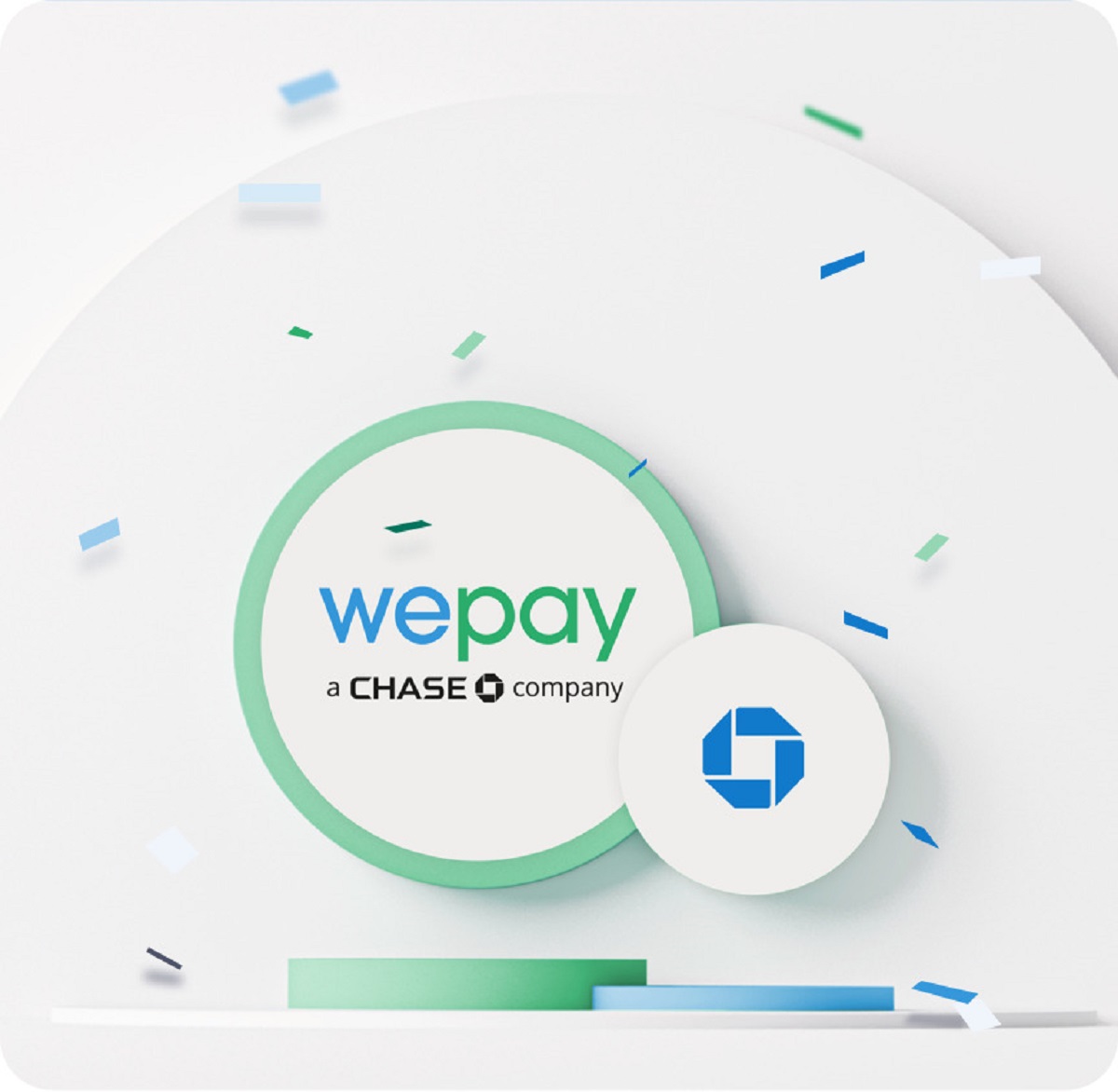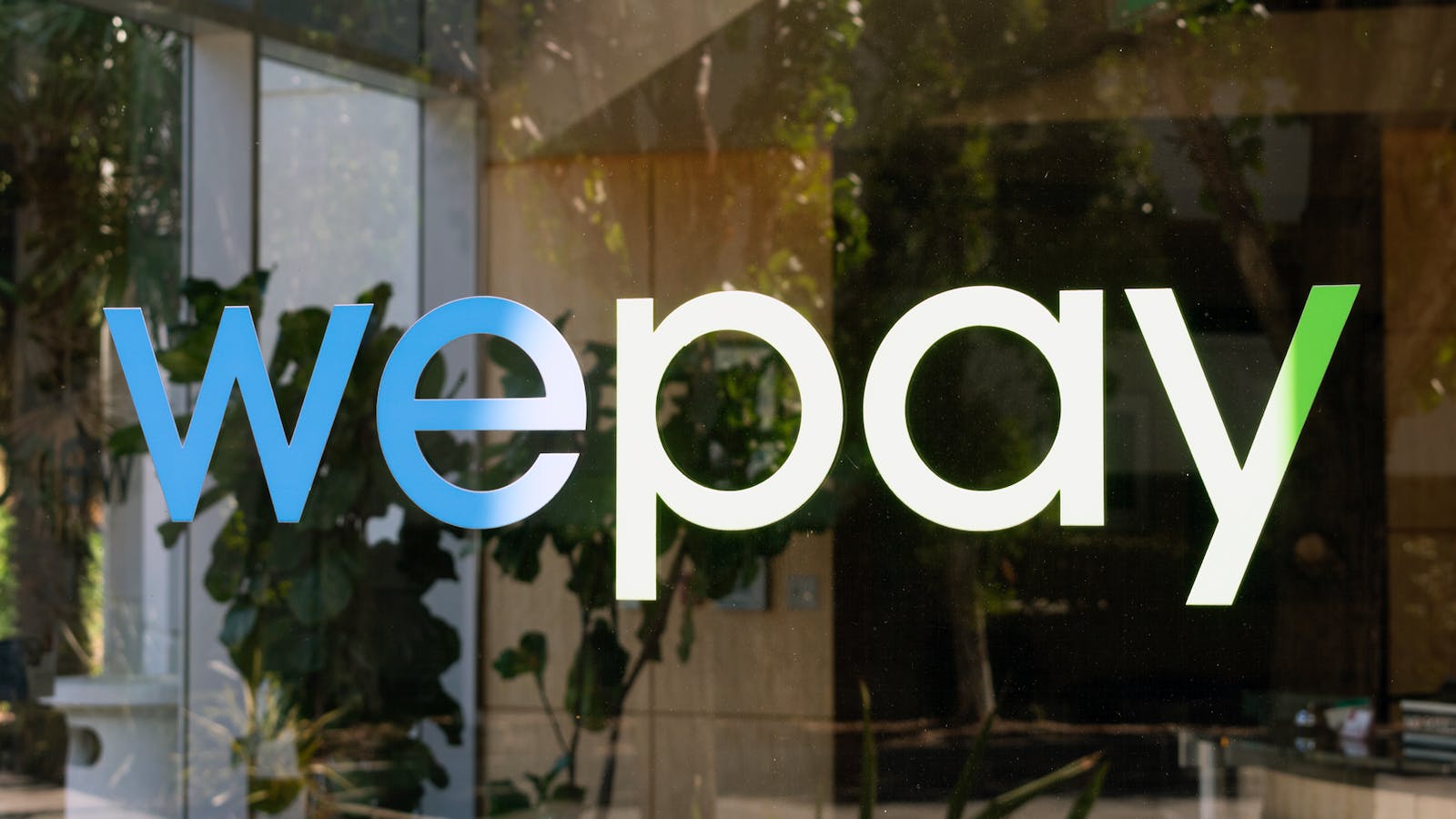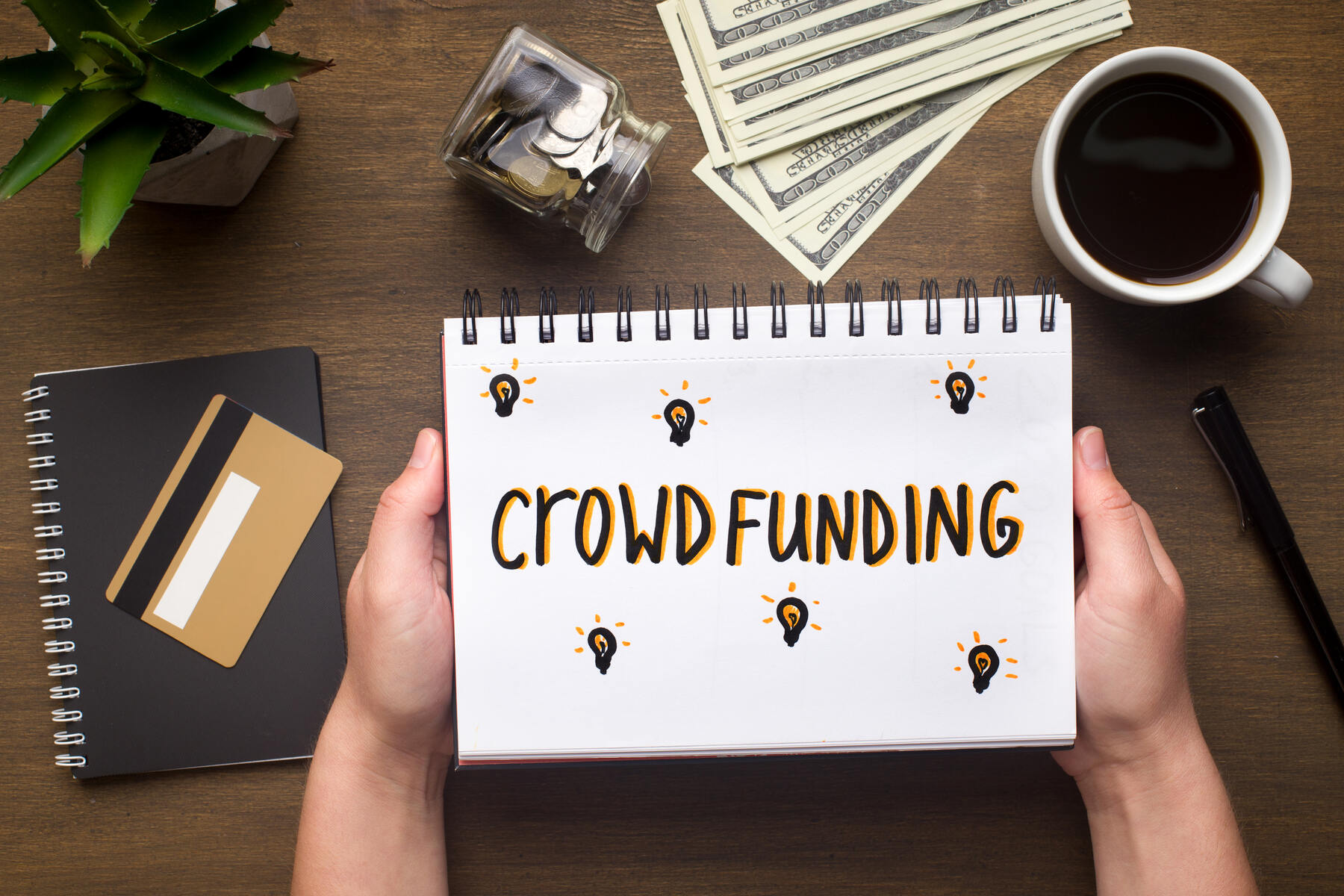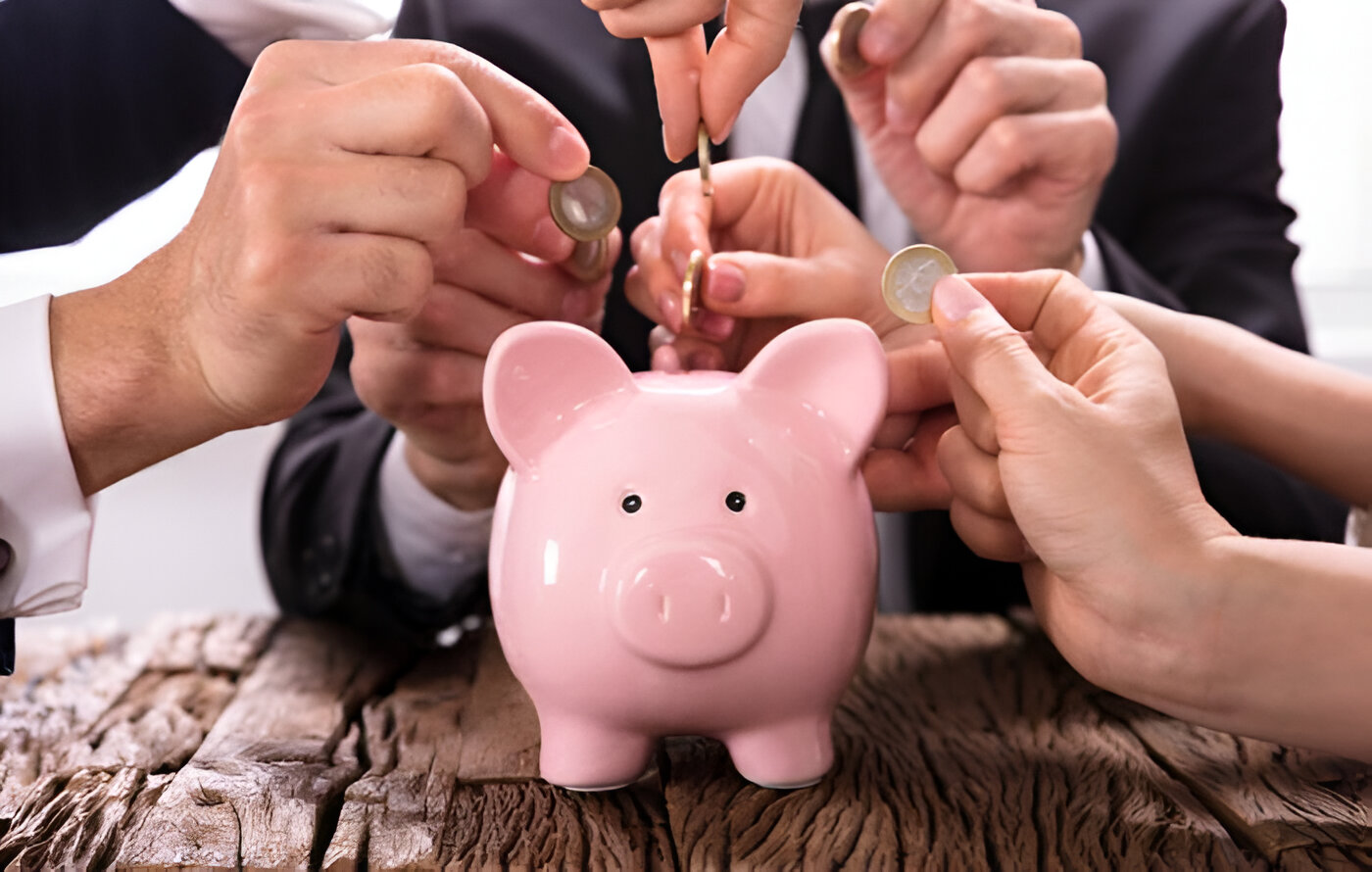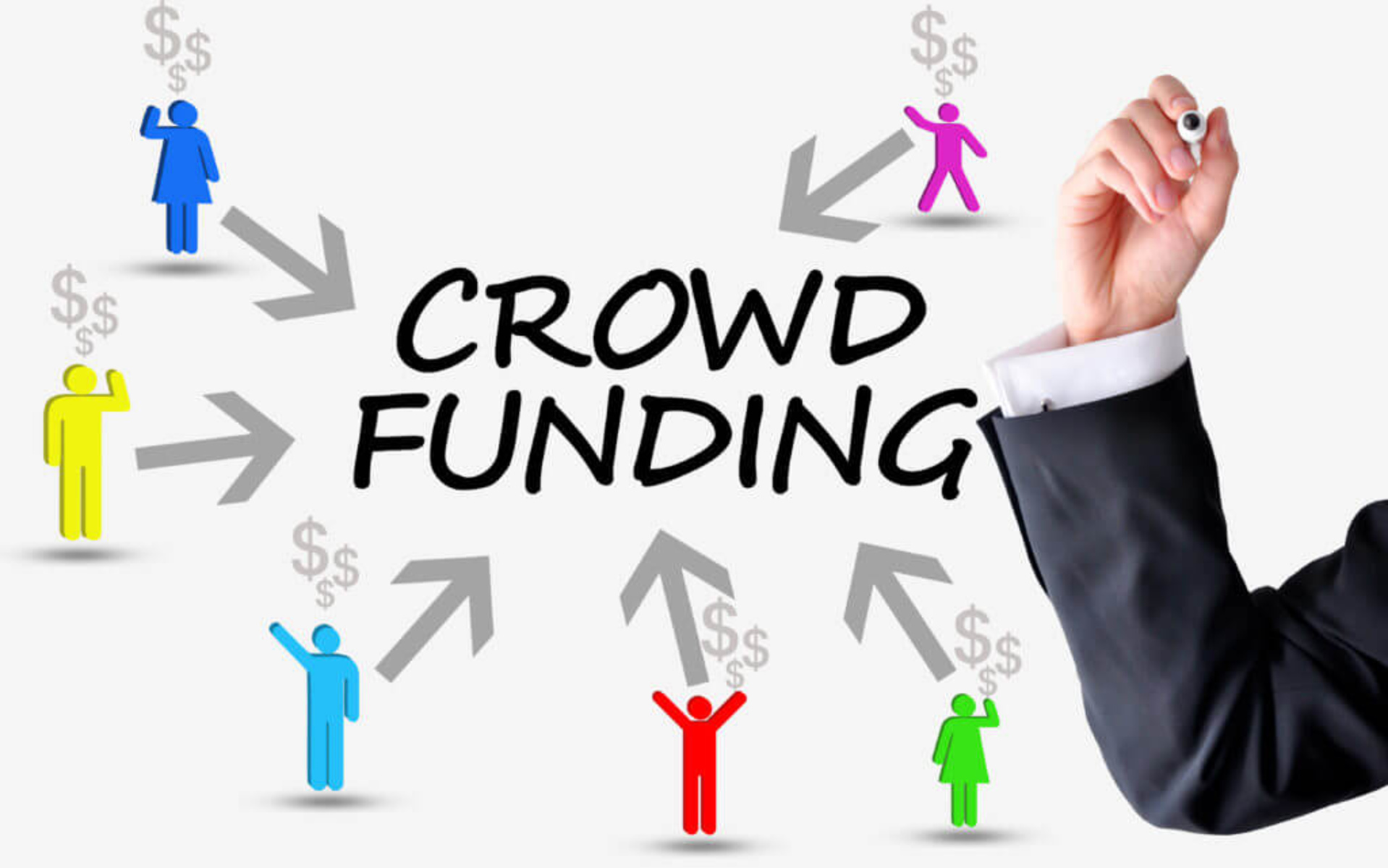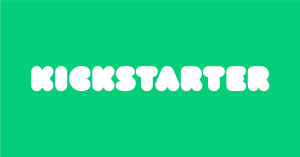How does GoFundMe make money? For crowdfunding platforms, this is often the question. It seems like fundraising to as many people as possible, wherever they are in the world, is too good to be true. As a business model, this may not be the most viable way to make money.
GoFundMe takes it a step further. There are no platform fees on GoFundMe. Compared to its popular peers like Kickstarter and Indiegogo, GoFundMe is a cheaper option for the personal causes of people trying to get by.
This further cements the question of how GoFundMe earns profit out of it. Do they embellish the truth for their users, or is there nothing more to it than its generous and kind-hearted community?
What Is Crowdfunding?
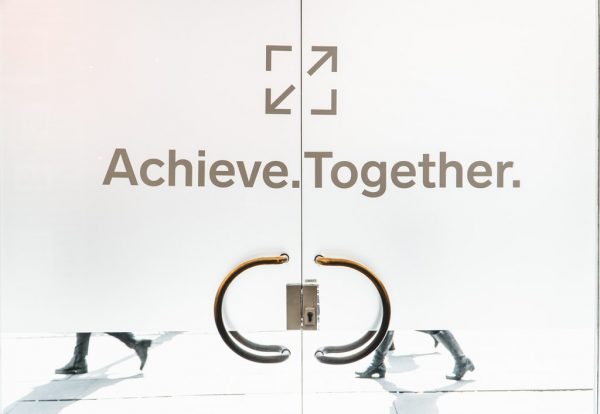
via Jonathan Kemper on Unsplash
One of the oldest ways people can help each other is through crowdfunding. This is a process where people or groups of people come together to raise money for an endeavor or cause. From door-to-door fundraisers, such endeavor has evolved into a more efficient online activity that reaches out to a greater number of people in lesser time.
With the help of online crowdfunding platforms, it has become more convenient for people to spread their message to their target audience. In turn, it also made it easier for investors and donors to find causes they cared about.
Know more about how crowdfunding works in this article.
What Is GoFundMe?


In raising money for personal causes and not for business efforts, GoFundMe is your best choice. Still, the platform states that “you can use GoFundMe for just about anything.”
The rule of thumb, however, is that if you need money for medical expenses, volunteer programs, and personal dreams, you use GoFundMe. In trying to jumpstart a business with your colleagues or own your own, you use Indiegogo or Kickstarter. It is best to note that GoFundMe recommends Indiegogo, but that is because they are partner websites.
Going back, GoFundMe is a San Diego-based crowdfunding platform that makes fundraising accessible to just about anyone. You can raise money for yourself, a loved one, or for life-changing events.
Setting up a GoFundMe happens in a matter of minutes, and you can check your fundraiser anytime and anywhere with the GoFundMe app. You can also opt to share your GoFundMe links anywhere on social media. Making a GoFundMe is very easy. Best of all, it is also free of any platform fees. With the benefits of wide social reach and 24/7 customer service, you still can’t help but wonder. How does GoFundMe make money? This, we will tackle in the next section.
How Does GoFundMe Make Money?
Before we get into the specifics, it is recommended if you first be aware of GoFundMe’s philosophy. On their site, they proudly claim that it is clear to them that “customers deserved every penny they raised through our platform.”
Since a lot of fundraising efforts on GoFundMe are for dire conditions, its people know better than to keep Kickstarter’s all-or-nothing business model. Individuals, families, and communities can have their lives and welfare on the line. GoFundMe may be one of their few ways out of this, so the platform wants to help make a difference.
It does this in one major way: first, starting a GoFundMe campaign is absolutely free. GoFundMe waives any platform fees one would expect on a crowdfunding platform. However, in making sure they stay afloat, GoFundMe is also open to tips from donors and campaigners.
This is what makes GoFundMe such an attractive option for people who need help the most. GoFundMe is a place for people to overcome hardships and become a part of a community they care very much about.
Platform Fees


A common practice for crowdfunding platforms is to charge a platform fee per (successful) campaign. By doing this, they manage to keep their systems up, their people paid, and their business model running. These platform fees basically pay for the crowdfunding platform’s basic operating expenses.
For popular global crowdfunding platforms like Kickstarter and Indiegogo, platform fees are 5% of your total raised money. Keeping it simple, these fees are deducted from each donation someone gives you.
This is not to say that each crowdfunding platform charges 5%, though. The range of platform fees for crowdfunding platforms is about 2-8%. GoFundMe is an outlier, charging nothing at all.
This prompts people to wonder how GoFundMe makes money. In the year 2020, online fundraisers will probably reach an all-time high. Relying on donations and the angel donors of each user do not look like a sustainable choice for many business runners.
However, for GoFundMe, it seems to be working. This crowdfunding platform started in 2010 and has only grown since. Many can attest to its constant growth, becoming more accessible to countries worldwide.
How does GoFundMe make money? It makes money by keeping its platform a safe space for anyone who needs a little help. By keeping their site safe and reliable, more people rally for its success—hence the donations and, subsequently, the profit.
Payment Processing Fees


GoFundMe does everything it can to make fundraising easier for campaigns of different causes. However, it cannot avoid payment processing fees. For your information, these do not directly go to GoFundMe. Payment processing fees are for the maintenance of GoFundMe’s third-party payment processors. This crowdfunding platform deals with a lot of money, linking several debit/credit cards and bank accounts together. Because of this, safety is of utmost priority.
Each purchase or transfer must pass through a payment processor. This makes sure that your money is delivered safely and securely. All crowdfunding platforms have payment processing fees. It would be dangerous for people to start a campaign or to donate money without this. On GoFundMe, the payment processing fee is 2.9% plus $0.30 per donation. This might be an unattractive feature of the crowdfunding platform, but it beats any unsafe alternative.
Now, there is no need for you to wonder how GoFundMe makes money.
How GoFundMe Works


Who Can Start Fundraisers
Stakes, in general, are high for crowdfunding platforms. Money, time, and resources are saved by being honest enough in asking for help from the public.
With no platform fees, GoFundMe already makes it very easy for anyone to start a campaign. The platform even guides them through each step of managing one. This is all great for people with no experience, but sometimes the case is not a lack of experience. Sometimes, the case is a lack of ability to start a fundraiser yourself. GoFundMe recognizes this.
Thus, your family members, friends, or communities can start fundraisers for you. GoFundMe gives you direct access to any amount you raise, too. However, all personal bank information must be given by the beneficiary of the campaign. If your friend is raising money for you, they will give you an invite officially linking you as their campaign’s money recipient.
Since fundraisers are time-sensitive, GoFundMe has fairly quicker processes than other crowdfunding platforms. Turnover for GoFundMe campaigns only takes about two to five business days.
Projects
GoFundMe can support campaigns from 19 countries worldwide, as of 2020. People from these countries are free to start GoFundMe campaigns and receive raised money whenever they have reached (or not reached) their project goals.
But what are acceptable projects for GoFundMe? Indiegogo, its partner company, has an extensive list. Since it is also known for its work in the start-up industry, it also has rules on the ‘rewards’ campaigners can give.
For GoFundMe, causes are often personal. Fundraisers here may be for yourself, your friends, or your family. Nothing is expected in return; the platform runs on ‘random acts’ of kindness’, as the GoFundMe website writes.
These are the GoFundMe fundraiser categories:
- Medical Expenses
- Funerals and Memorials
- Emergencies
- Rent and Monthly Bills
- Animals
- Environment
- Community
- Events
- Faith
- Family
- Travel
- Volunteer Work and more.
Money raised in any of these fundraisers can only be transferred if you meet your country’s bank requirements. This will differ per country.
Withdrawal phases for fundraising efforts are some of the most tedious parts of the process. However, making sure your GoFundMe currency reflects the currency of your country does make it easier.
Later in the article, the safety and security of GoFundMe campaigns will be discussed. As a short precursor, donors’ online payments are generally safe transactions. Payment processing fees make sure that each payment is encrypted. It also ensures that your money is kept for safekeeping until you are ready to withdraw it.
Deadlines and Time Limits


For start-up businesses, there is usually a calendar guiding the entire fundraising process. Our Indiegogo review mentions that businesses use fundraising to manage their time, resources, and expenses. It is the slowest fast way to jumpstart a business, but it is also the most viable.
Thus, their fundraisers have deadlines. For Kickstarter, a fundraiser can only go for as long as 90 days. If you do not meet your goal by then, all money raised will not be released to you.
The situation on GoFundMe is different from this. Because of the nature of fundraisers on the crowdfunding platform—e.g., medical expenses, funerals, environmental causes, and more, deadlines are not as needed. These personal causes do not have a calendar. They are more rooted in the unpredictability of life, so GoFundMe adjusts to that.
There are withdrawal deadlines on GoFundMe, but this is to avoid your donors getting their money back. A stark contrast to Kickstarter, where donors only get billed once your fundraiser ends. The problem with that is that donors forget they ever shelled out the money in the first place.
Besides that, GoFundMe is a free-for-all fundraising experience. Fundraisers remain to live until you turn off your donations or end your campaign.
Goals


Campaigns on GoFundMe do not have deadlines. You can keep your campaign running for as long as you would like, given that you are clear about your goals. Goals do not have to be reached for you to receive donations. All money donated will be received by the campaigner. If your campaign ends without you reaching your goals, you can even opt to keep receiving money.
Now, the question may no longer be, “How does GoFundMe make money?” but more of, “How can I make sure I won’t get scammed on GoFundMe?” Certainly, scams can happen on campaigns that keep taking and taking from their donors. Do not fret, however. Once a campaign goes live on GoFundMe, it will have a progress meter.
This meter will let people know how close you are to reaching your goal. This transparency makes it easy for people to gauge how much help you may still need. If you have reached your goal amount, you can still opt to collect donations. However, this will reflect on your campaign’s page. By keeping your campaign live even after you have reached your goal, you can keep people posted on how you are using their money. You can also opt to increase the goal amount, as long as you are transparent with your donors.
More donations are no joke, so you should respect your donor enough to be clear with them. They are on this journey with you too.
Safety


GoFundMe prides itself on the GoFundMe Guarantee. This is crowdfunding’s first donor protection guarantee, keeping transactions on the platform safe and guided by GoFundMe’s Trust and Safety team. It is also a type of contract.
Under the GoFundMe Guarantee, you will be well protected by its rights in the eyes of the law. GoFundMe knows better than to downplay the site traffic they have every day. With that in mind, they wanted to make something that keeps both donors and beneficiaries at ease.
A crowdfunding platform as big as GoFundMe will have unavoidable problems. The best that the platform can do is to lessen them and make sure they do not do any big damages to the lives of GoFundMe users. GoFundMe’s Guarantee draws clear lines between donors and beneficiaries. Both will have rights when their GoFundMe use goes awry.
For example, if the money you donate does not get to the beneficiary you donated to, you have the right to a full refund. Beneficiaries, on the other hand, can receive undelivered funds by up to $25,000. This will be delivered by GoFundMe itself, or in some cases, from your “donors.”
Starting a GoFundMe Fundraiser
GoFundMe is one of the easiest crowdfunding platforms you can use. By the time you launch your campaign, you will find it easy to use their website, too. If you want to start a fundraiser yourself, here are the steps you have to follow.
How to Start a GoFundMe Campaign: the Basics


- Visit GoFundMe’s official website and click “Start a GoFundMe.”
- Sign in to your GoFundMe account or sign up for one. When choosing the latter, get your personal details ready (name and email address). Remember to use your legal name, as you would not want problems with withdrawing money in the future.
- Decide on your campaign’s goal amount. The platform suggests you keep GoFundMe processing fees in mind, so you have to raise a little over your original goal. Remember to choose the currency your country uses, again to avoid problems withdrawing money in the future.
- Decide on your fundraiser’s name. Anything goes, as long as it is 35 characters or less. It is best if you keep it creative, something that catches donors’ eyes.
- Disclose the beneficiary/ies of your fundraiser. Almost all GoFundMe fundraisers are for personal causes, but these will vary among themselves too. You can be raising money for an individual or for a charity. Be clear about this.
- Enter your zip and postal code. This makes sure your fundraiser is compatible with GoFundMe. While GoFundMe is a worldwide crowdfunding platform, it is not available in every country yet. Only valid postal codes will push through with their campaign.
How to Start a GoFundMe Campaign: the Specifics
- Choose your fundraiser’s category. A guide to the most popular categories can be found in the ‘Projects’ section of this article.
- Disclose whether you will be fundraising alone or with a team. Adding team members can help a lot. If you are undecided, you can add team members after your campaign goes live.
- Add your fundraiser’s main image. It should be in the file format JPEG, PNG, or BMP and should be 550 pixels wide and 300 pixels tall. You can also embed a video from Youtube.
- Write your story. Why are you raising funds? Who are you raising it for? This is to capture the hearts of donors, so make sure you disclose your authentic story to them.
- Share your fundraiser. You are your first line of defense in your fundraiser’s own PR. GoFundMe can be shared on several platforms, including Facebook.
Pros and Cons of GoFundMe


What We Like About GoFundMe
As this article presents, GoFundMe is more lenient than its competitors. There are no platform fees on GofundMe, and you can withdraw money the fastest through this crowdfunding platform.
It is also the only site that acknowledges the possibility of breaches of privacy. With that in mind, GoFundMe made the first funding guarantee across all crowdfunding platforms.
The GoFundMe guarantee ensures the safety and integrity of each transaction on the platform. This goes both ways. Donors and beneficiaries have the right to be protected in their crowdfunding plans.
Also, there are no campaign limits or deadlines on this crowdfunding platform. GoFundMe attends to many personal and often life-changing causes. It knows better than to keep up with its competitors’ investment-focused business models. This platform is open to anyone, especially to people who will need constant support in the future.
There are no crowdfunding platforms quite like GoFundMe. Many crowdfunding sites do come close. However, GoFundMe has tried and tested techniques for fundraising. What’s best is that these methods are not common among crowdfunding platforms.
What Falls Short


While there are many benefits to using GoFundMe, it is not void of disadvantages. For one, because of its withdrawal policies, Americans have to disclose their social security numbers. Like for Kickstarter, there are times when donations you make are taxable.
But beyond this, the underlying concern is a privacy breach. There is no telling what could happen on the internet, so best be careful where you donate your money to and when. As a level of precaution, GoFundMe has its own guarantee, a benefit mentioned above.
Relating to privacy breaches, GoFundMe donors cannot donate with full anonymity. You can opt to keep your name hidden from the general public, but your personal information will be accessible to the beneficiary. This excludes, of course, your sensitive bank details.
Also, for a site proud of its worldwide reach, there are only a number of countries that have access to GoFundMe. Most of these countries are in Europe or North America, too. Developing countries may need the most help when it comes to rallying for a personal cause. GoFundMe’s unavailability will make it harder for them to be heard.
Despite its limited global reach, millions of people still have access to GoFundMe. With that, competition on this crowdfunding site is intense. You have to make your cause stand out and reach as many people as possible.
PROS
- Open to all causes
- GoFundMe guarantee
- No platform fees
- No campaign limits or deadlines
- No need to reach goals to receive money
- Fastest money turnover compared to other crowdfunding platforms
CONS
- Need to disclose social security number
- Limited global reach
- Cannot donate with full anonymity
- Intense competition
Crowdfunding Platforms Like GoFundMe
BonFire
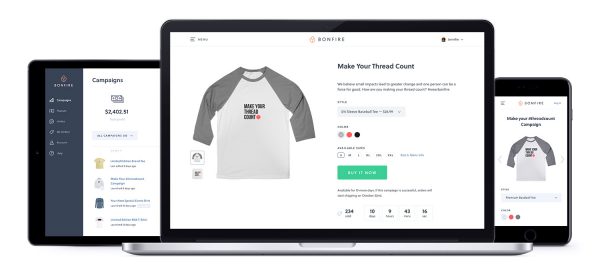

BonFire is a fundraising platform that adapts to the times. Though it is not as flexible as GoFundMe, this is still a good option for anyone who wants to raise money for a good cause.
BonFire only caters to crowdfunding done by t-shirt sales. Basically, BonFire fundraisers design their own shirts and take orders for them. Sales of these shirts are not for business reasons, per se. These are for personal causes, with a popular category being non-profit work.
Once you take your orders, you make the shirts and then ship them to your donors. All your campaign profits will go to you, minus a processing fee of 3.5% and a platform fee of 4.5%.
DonateKindly
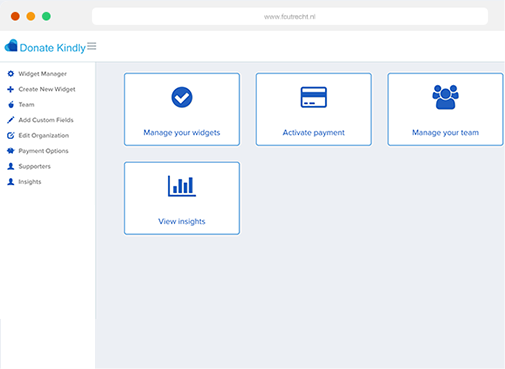

Used by platforms like Habitat for Humanity and goodwill, DonateKindly is another GoFundMe alternative. Unlike BonFire, this crowdfunding platform is more similar to GoFundMe in many ways.
To begin with, DonateKindly also does not have any platform fees. The platform also only survives on tips and kind gestures of their donors. Accounts on DonateKindly also take only a few minutes to set up, with no screening process like Kickstarter’s. Donations are accepted almost as fast as GoFundMe, too.
In keeping your cause afloat, DonateKindly has donation widgets and donation reports available for you at any time. This is a great way to effectively raise money with a small staff.
Both GoFundMe and DonateKindly are crowdfunding platforms with no service fees, and yet they survive. This is because they treat their users well, so users treat them in return.
99Pledges


If you are more interested in raising money for events, consider starting your fundraiser on 99Pledges. This crowdfunding platform specializes in event fundraisers, such as Fun Runs and Jog-A-Thons. 99Pledges also has a progress meter, visible to the general public. This makes people aware of how close fundraisers are to reaching their goal, prompting them to help in any little way they can.
This platform also prides itself on its accessibility. Once a fundraising campaign begins in 99Pledges, all team members can share links on their social media sites or emails. These links will be accessible online and through phones.
Like GoFundMe, fundraisers on 99Pledges get to keep almost all of their profit. When donations are in cash and check, 100% of the profit goes to the campaign. Payments from credit card and PayPal, however, get a 10% deduction.
Fundly
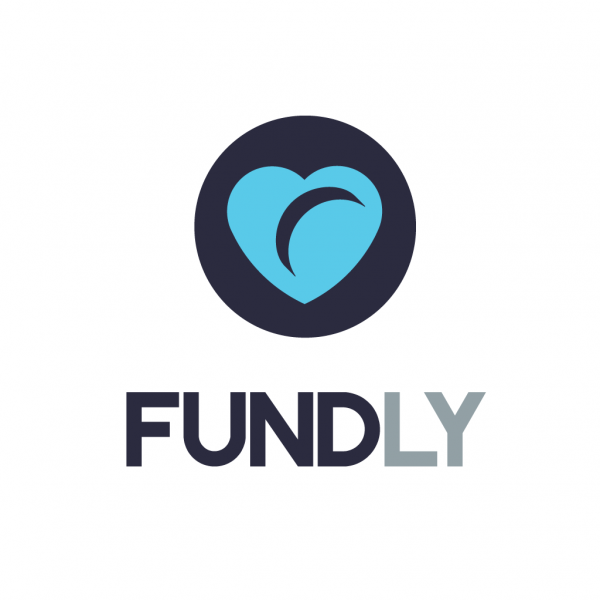

Joining the roster of crowdfunding platforms like GoFundMe is Fundly. It has low fees and also has no fundraising deadlines. Best yet, it does not have an all-or-nothing mandate. You do not have to reach your goals to withdraw raised money.
Your campaigns are open to any donor at any period on Fundly. Choose when to end your campaigns and get people from social media to back it up whenever you want to. As with other crowdfunding platforms, Fundly gives you a link that makes your campaign accessible through Facebook, Twitter, and email.
Fundly, unlike GoFundMe, has platform fees. Theirs is lower than Indiegogo and Kickstarter, though. Here, the platform fee is 4.9%, with a 2.9% credit card processing fee. Last, there is a $0.30 fee per transaction.
GoFundMeCharity
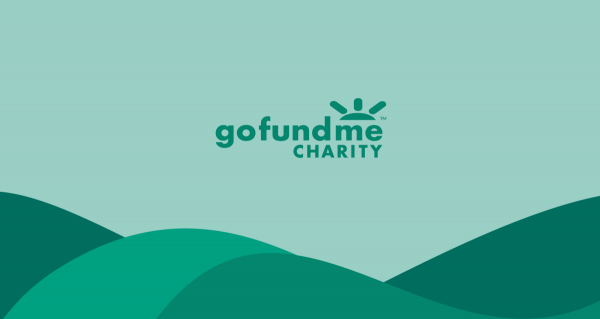

To distribute GoFundMe users by category, the platform decided to launch GoFundMe charity. This was formerly known as Crowdrise, another popular crowdfunding platform.
GoFundMe is a popular choice for personal causes and individuals. Still, the people behind it decided to make a separate site for nonprofits. This would have had special features catering to nonprofits’ crowdfunding needs. With GoFundMe charity, nonprofits have access to fundraising software. They would have access to features such as expert fundraising guides.
Like its parent website, GoFundMe charity has no subscription fees. Unlike its parent website, GoFundMe charity has a variety of pricing plans.
Final Word
There are many ways you could raise funds using the internet. Each site specializes on different goals and deadlines, but GoFundMe is open to any and all. With no platform fees or deadlines, people will wonder if GoFundMe is too good to be true.
How does GoFundMe make money? This question is not such a riddle anymore. Combatting the possibility of scams and opening its doors to as many fundraisers as possible, GoFundMe makes money through the support of its users. The platform is a collaborative effort among people, at the end of the day.
GoFundMe adds the “crowd” in crowdfunding.











